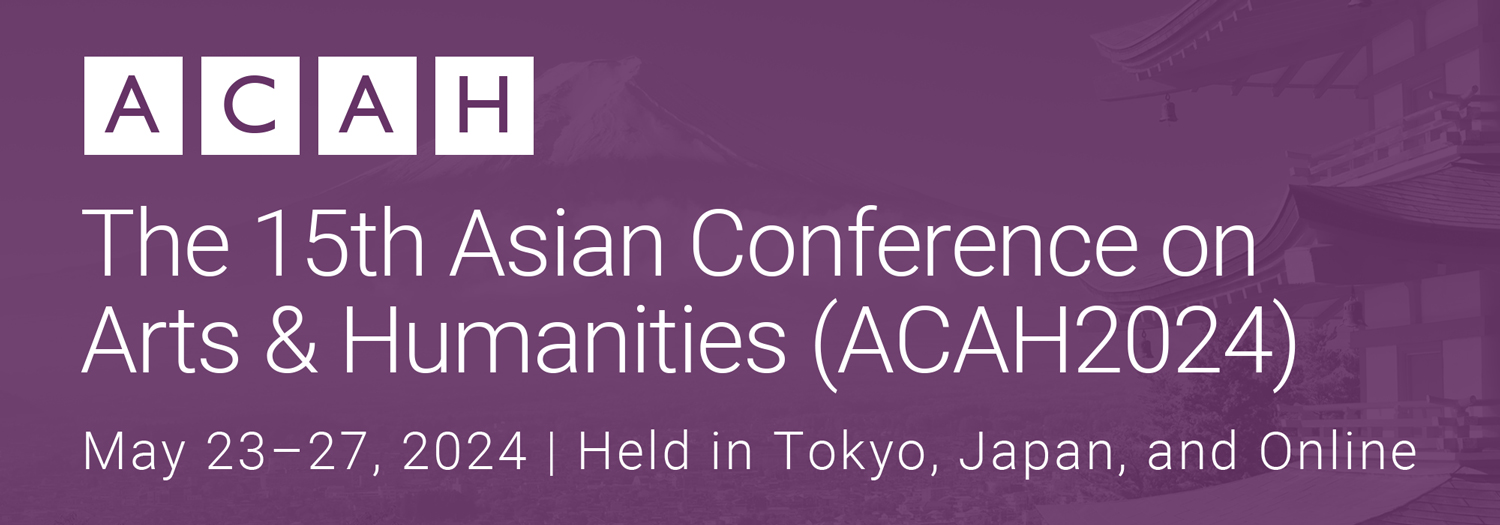Government and Community Strategies in Maintaining the Existence of Yogyakarta Philosophical Axis as World Cultural Heritage (81229)
Session Chair: Chaipat Ngambutsabongsophin
Saturday, 25 May 2024 09:55
Session: Session 1
Room: Room 705
Presentation Type: Oral Presentation
This study focuses on the conservation strategies for the Yogyakarta Philosophical Axis, a UNESCO-recognized world heritage site that spans from Mount Merapi to the Indian Ocean, incorporating significant landmarks such as Tugu Pal Putih, the Yogyakarta Palace (Keraton), and the Krapyak Stage. Recognized during the 45th Session of the World Heritage Committee in Riyadh, Saudi Arabia, in 2023, this axis symbolizes a crucial part of Indonesia's cultural heritage. Given its prestigious designation, understanding the strategies employed by both governmental and community stakeholders to preserve this heritage site is critical. The research, situated within the Special Region of Yogyakarta (DIY), Indonesia, adopts a descriptive qualitative methodology, utilizing observation, interviews, and documentation for data collection. Through purposive sampling, the study engages representatives from the Keraton, DIY Regional Government, Yogyakarta City Government, and Bantul Regency Government who are instrumental in sectors including planning, infrastructure, culture and tourism, economic and trade, and peace and public order. Additionally, representatives from communities residing along the axis were engaged. The investigation reveals that the preservation strategies for the Yogyakarta Philosophical Axis as a world heritage site are multifaceted, involving a collaborative management framework. This framework comprises a Joint Secretariat for decision-making and policy formulation, a Site Management entity for operational oversight, a Technical Working Group for community-level engagement, and adherence to traditional governance and architectural principles (Tata Rakiting Paprentahan and Tata Rakiting Wewangunan) as dictated by the Keraton. This comprehensive approach underscores the significance of integrated management and community participation in the conservation of cultural heritage sites.
Authors:
Kurnia Kurnia, Gadjah Mada University, Indonesia
About the Presenter(s)
Ms Kurnia Kurnia is a University Postgraduate Student at Gadjah Mada University in Indonesia
See this presentation on the full schedule – Saturday Schedule





Comments
Powered by WP LinkPress